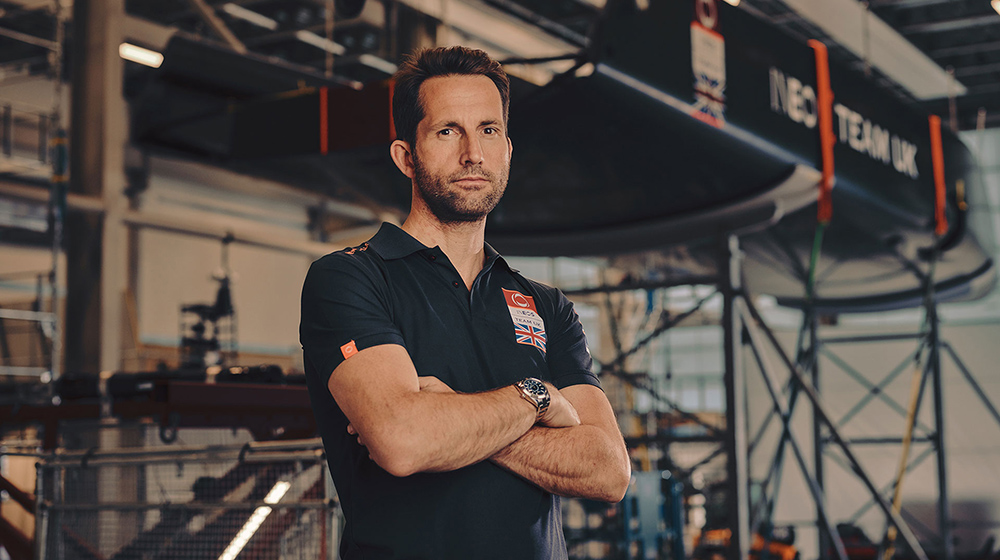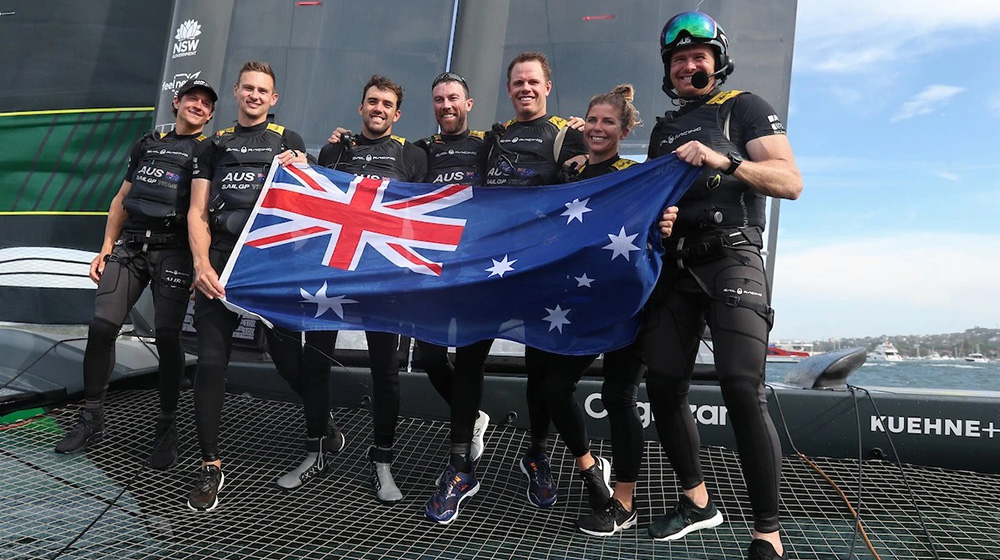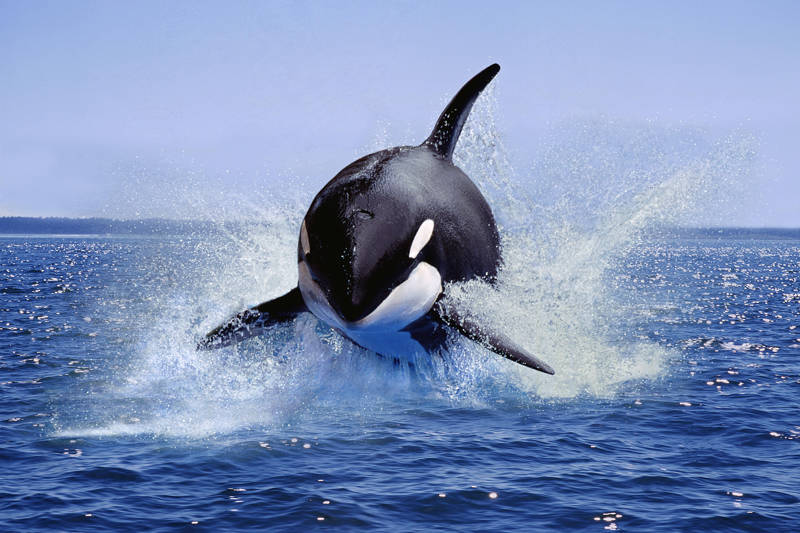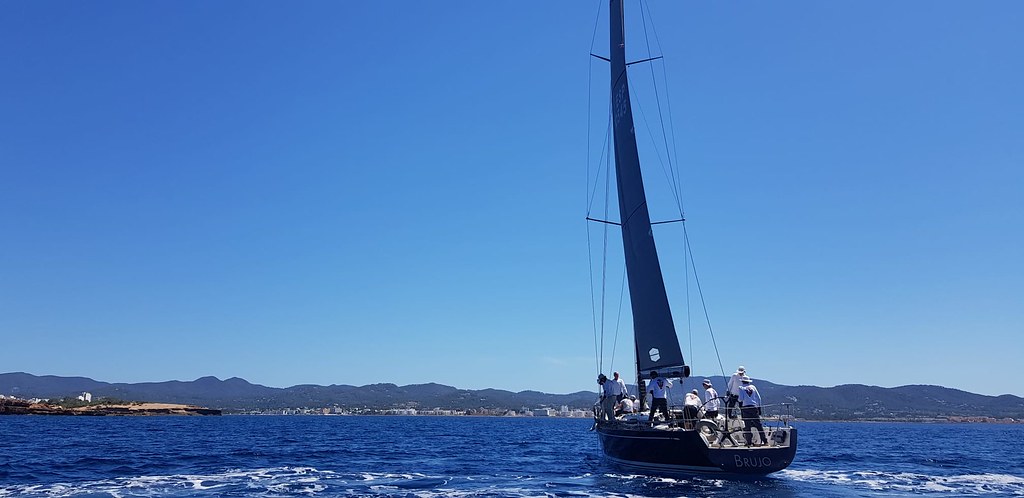
The Golden Globe Race after more than a month at sea
More than 30 days have passed since the start of the Golden Globe Race. After a month at sea, Nautical Channel reports on the most important events so far.
To sum up:
- 13 sailors are still racing, Simon Curwen first across the Equator, others in the doldrums physically and psychologically.
- Sailors suffering from isolation, injuries, lack of information and lack of wind.
- Leaders hit the trade winds opening a gap with the rest of the fleet.
- Kirsten, Tapio and Damien are the fastest, but will it be enough?
Starting with a rough exit of the bay of Biscay, testing sailors and boats to the limit, with Damien Guillou’s (FR) PRB returning for repairs, Edward Walentynowicz (CAN) pulling the plug on his GGR campaign, Guy deBoer (USA) grounded in Fuerteventura and Mark Sinclair (AUS) mooring his Coconut in Lanzarote for good. Now, there are only thirteen sailors left fighting the tailwinds in search of trade winds.
Simon Curwen (UK) crossed the halfway point of the race knowing he was still in the lead. Simon, who does not have the fastest boat, took the lead at Cape Finisterre on 9 September and has held it ever since. The experienced solo sailor seemed unfazed by the ordeal as he watched his lead melt below 100 miles in doldrums. His experience of campaigning his J/105 Voador single-handed for 15 years, and many years of racing his Classe Mini 6.50 before that, has certainly served him well. First in the tradewinds, he is now sailing at 5 knots on a direct route to the island of Trindade in the south, the next rounding mark he should reach in 10 days. He remains in good spirits, enjoying his time at sea.
"I’m quite happy to be alone with myself. I have music and books to read. Friends gave me tapes and I took things I listened to when I was 20. Like Led Zeppelin and the Beatles. It’s good to listen to this music again. (…) So far, it’s going well. I’m not bored at all. There’s always work to be done. I spend two hours a day on the charts and the sextant, to do the calculations. I also have to look after the sails before heading south. And sometimes you spend an enormous amount of time just looking at things." SIMON CURWEN (UK)
However, not all of the fleet has coped equally well with the lack of wind, lack of communications, lack of information and prolonged isolation. The GGR team at Race Control have felt this during the weekly scheduled satellite safety calls. Participants can only call Race Control, not their family and friends. Some demoralised GGR sailors called to chat, share their frustrations and overcome isolation after a month alone. The entrants now welcome the weekly security and media calls as a change in their routine and the only opportunity to chat with the outside world. The difference with 1968 is that back then people did not have the constant noise and fast communications of today, so they did not miss it.
When the mind is strong, sometimes it's the body that gives up. Guy Waites (UK), who had a good week of sailing, is dealing with swollen legs and ankles due to the humidity and lack of exercise on foot. Michael Guggenberger (AT) is also nursing swollen feet, as well as hands and knees damaged by the humidity and hard work.
On the other hand, when your mind and body are right, sometimes it's the boat that causes problems, as South African competitor Jeremy Bagshaw discovered. Jeremy is happy at sea and has not been injured since climbing the mast in Les Sables d'Olonne, but he was finding Oleanna sluggish as Damien caught up. During a calm, he decided to dive into the hull to check the copper antifouling, only to discover to his horror that 70% of his hull was covered with gooseneck barnacles!
Tapio, on the other hand, has not only been challenging Kirsten's second place all week, but also has the second best 24-hour distance at 174.19 nautical miles. Last week, while he was having breakfast he spotted another sail just a few miles away. It was Pat Lawless. Immediately a fun duel began. Tapio was covering him all morning, hurting his elbow in the process, but having the most fun in weeks! It just goes to show how intense the fighting is at the forefront of the fleet, even in the middle of an empty ocean.
So far only Jeremy has seen the dreaded barnacles, but other unsuspecting sailors may be affected. The calms of the doldrums (equatorial calms; low pressure area) are the last place they can swim and check their hull before venturing into the trade winds of the southern hemisphere. Let's hope they will!
A minority, like Simon, are happy at sea, in good physical condition and sailing fast. This is definitely the case this week for Kirsten Neuschäfer (SA), whose laconic daily tweets suggest she doesn't need communications. Kirsten, who left the Bay of Biscay in ninth position, has been consistently recording the best 24-hour distances and holds the fleet record with 174.73 miles per day, which allowed her to regain second place.
Another sailor who is not suffering either mentally or physically, and who is working hard to get back in front is French favourite Damien Guillou, who has been gaining positions since leaving Les Sables d'Olonne six days late after repairing and reinforcing his fin. He has gone from last to sixth, leading the mid-fleet pack earlier this week, although the delays mean that the rankings change several times a day. Many are wondering if the Finn sailor's obvious speed, talent, hard work and determination that have enabled his comeback will be enough to catch Simon and the leaders. Michel Desjoyeaux, who took his second victory in the 2008-2009 Vendée Globe, after returning to Les Sables d'Olonne, 200 miles after the start, for repairs and leaving 40 hours late.
For more information on the world's longest race, as well as to find out the latest news and enjoy all the images and videos recorded by the sailors, visit their website www.goldengloberace.com.













_v2.svg)
_v2.svg)









_v2.svg)


